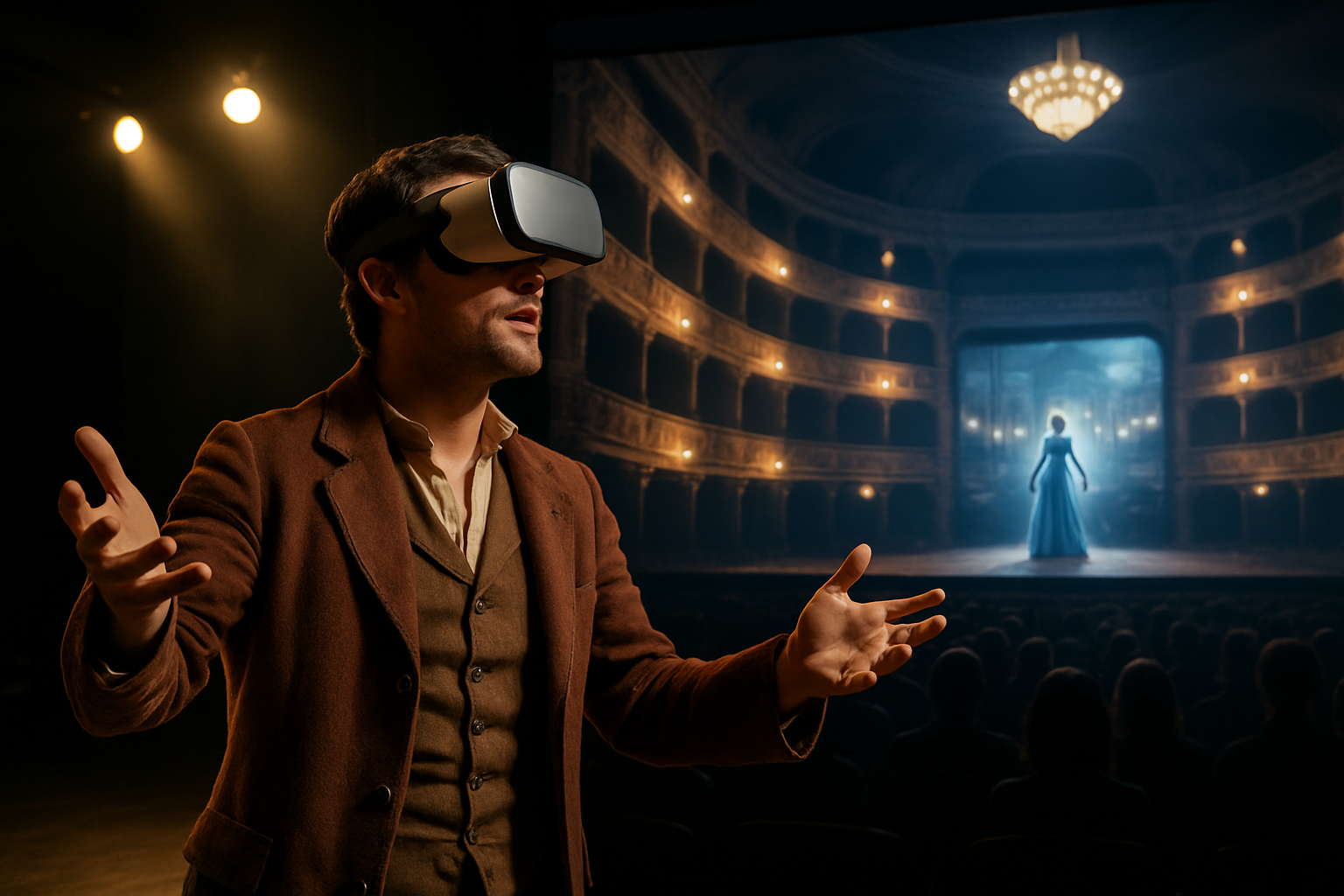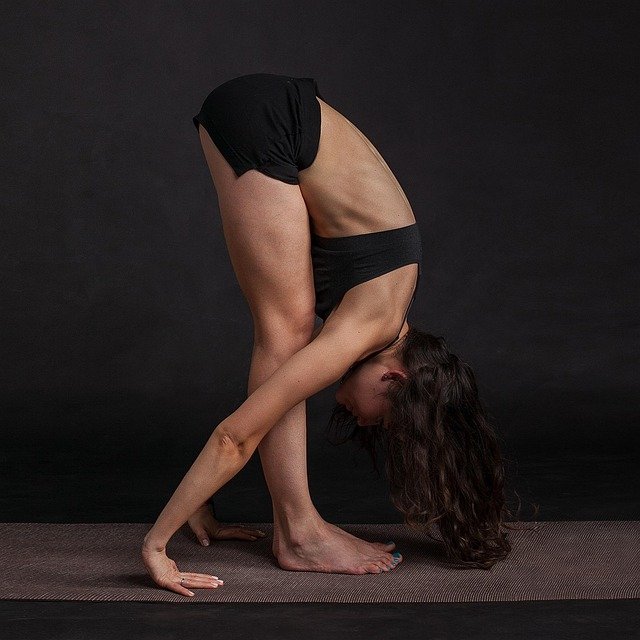Virtual Reality Opera: Reimagining a Classic Art Form
In the ever-evolving landscape of artistic expression, a groundbreaking fusion of technology and tradition is taking center stage. Virtual Reality (VR) opera, an innovative blend of centuries-old musical storytelling and cutting-edge immersive technology, is captivating audiences and challenging the boundaries of classical performance. This nascent art form promises to revolutionize how we experience opera, offering unprecedented levels of engagement and interactivity.

Bridging the Gap Between Past and Future
VR opera represents a unique convergence of classical artistry and digital innovation. By leveraging virtual reality technology, creators can transport audiences into fully realized, three-dimensional worlds that complement and enhance the musical narrative. This fusion allows for a level of immersion previously unattainable in traditional opera productions, blurring the lines between performer and spectator.
The Technical Challenges of VR Opera
Producing a VR opera presents a myriad of technical challenges that push the boundaries of both operatic and technological expertise. Sound design becomes particularly crucial, as the immersive nature of VR demands a 360-degree audio experience that matches the visual environment. Additionally, creators must grapple with issues of latency, motion sickness, and the limitations of current VR hardware to ensure a seamless and enjoyable experience for audiences.
Artistic Possibilities and Creative Freedom
VR opera opens up a wealth of new artistic possibilities for composers, librettists, and designers. Freed from the constraints of physical stagecraft, creators can craft fantastical worlds limited only by their imagination. From abstract, surrealist landscapes to hyper-realistic historical recreations, VR opera allows for a level of visual and narrative experimentation previously impossible in traditional productions.
The Audience Experience: A New Paradigm
For audiences, VR opera offers a radically different way of engaging with the art form. Viewers are no longer passive observers but active participants, able to explore the virtual environment and interact with elements of the performance. This level of agency transforms the relationship between audience and artwork, creating a deeply personal and immersive experience that can vary significantly from one viewer to another.
Critical Reception and Industry Impact
As VR opera continues to evolve, critical reception has been mixed but increasingly positive. Early skeptics have begun to recognize the potential of the medium, praising its ability to attract younger, tech-savvy audiences to an art form often perceived as elitist or inaccessible. Major opera houses around the world are now investing in VR productions, signaling a shift in the industry’s approach to digital innovation.
The Future of VR Opera: Challenges and Opportunities
While VR opera shows tremendous promise, it still faces significant challenges. The high cost of production and the need for specialized equipment can limit accessibility. Additionally, questions remain about how to balance technological innovation with the core emotional and musical elements that define opera as an art form. Despite these hurdles, many in the industry see VR opera as a vital path forward for keeping the art form relevant in the digital age.
Conclusion: A New Chapter in Operatic History
Virtual Reality opera stands at the forefront of a new era in performing arts, offering a bold reimagining of one of the world’s oldest musical traditions. As technology continues to advance and creators push the boundaries of what’s possible, VR opera has the potential to not only revitalize interest in classical music but also to forge an entirely new art form that speaks to the digital native generation. The stage is set for a fascinating evolution in how we create, perform, and experience opera in the 21st century and beyond.





